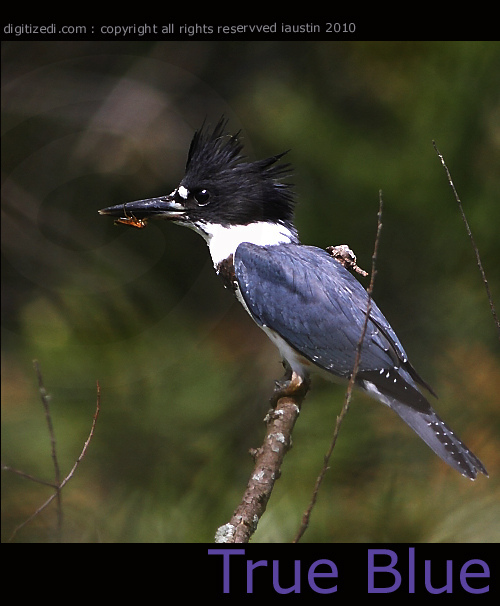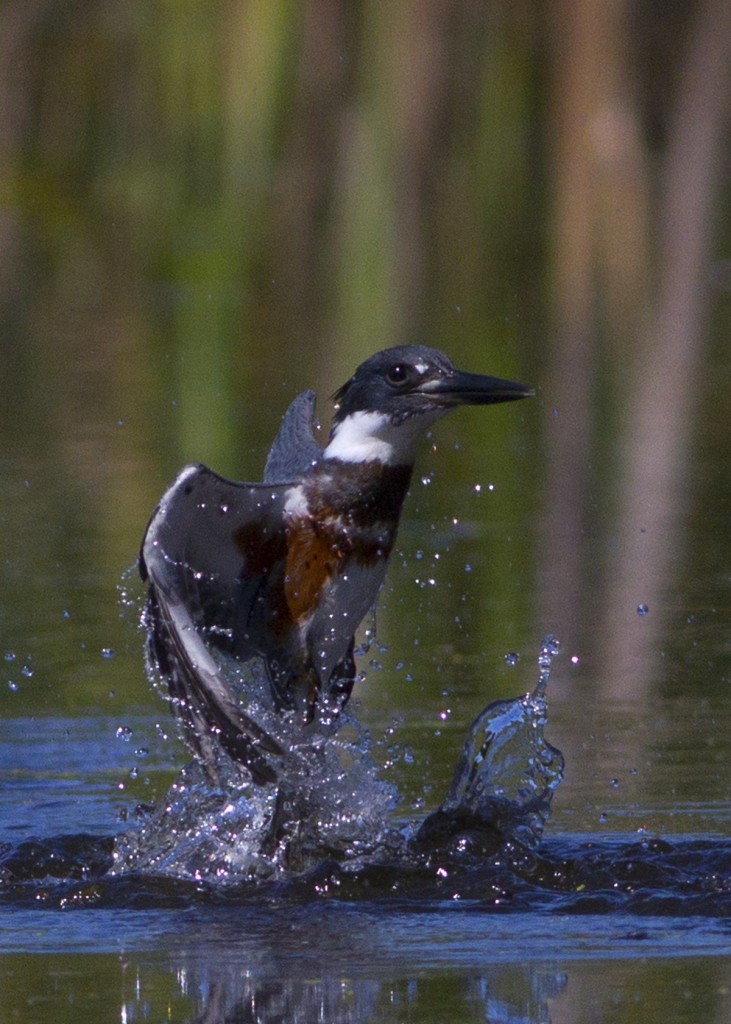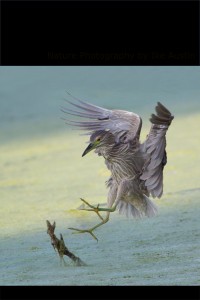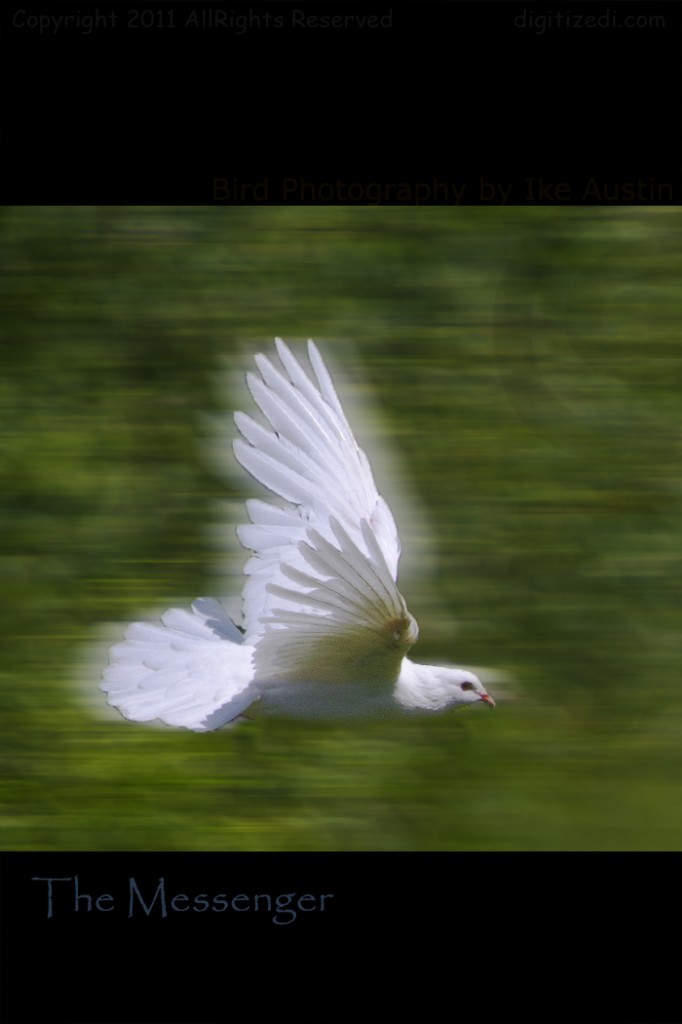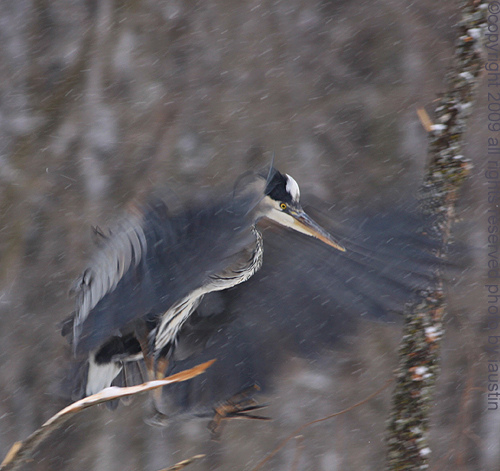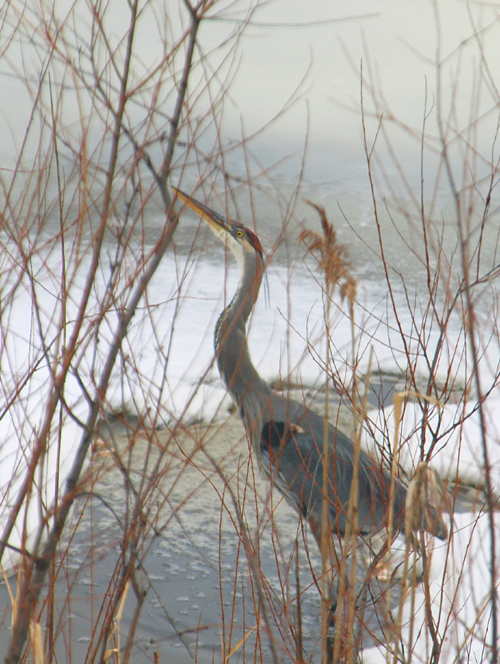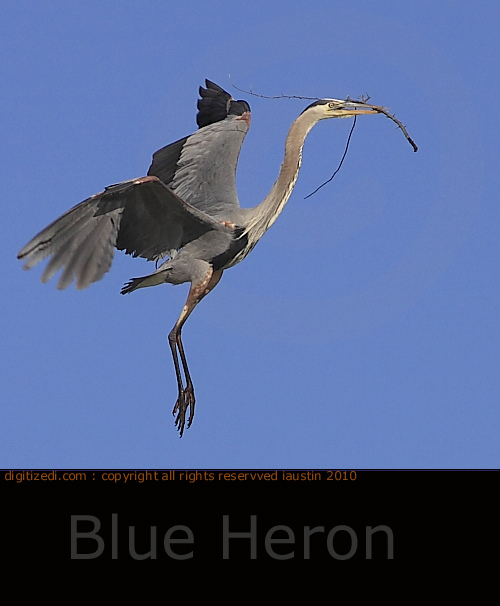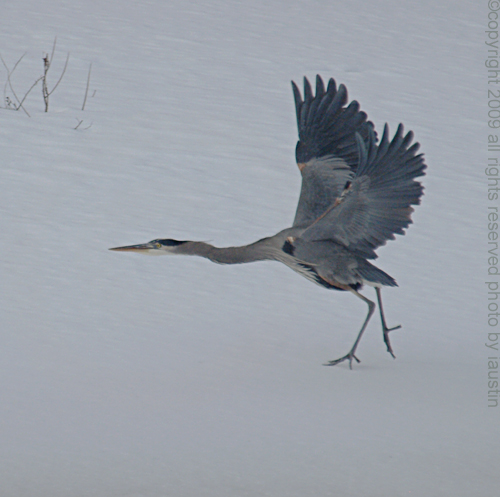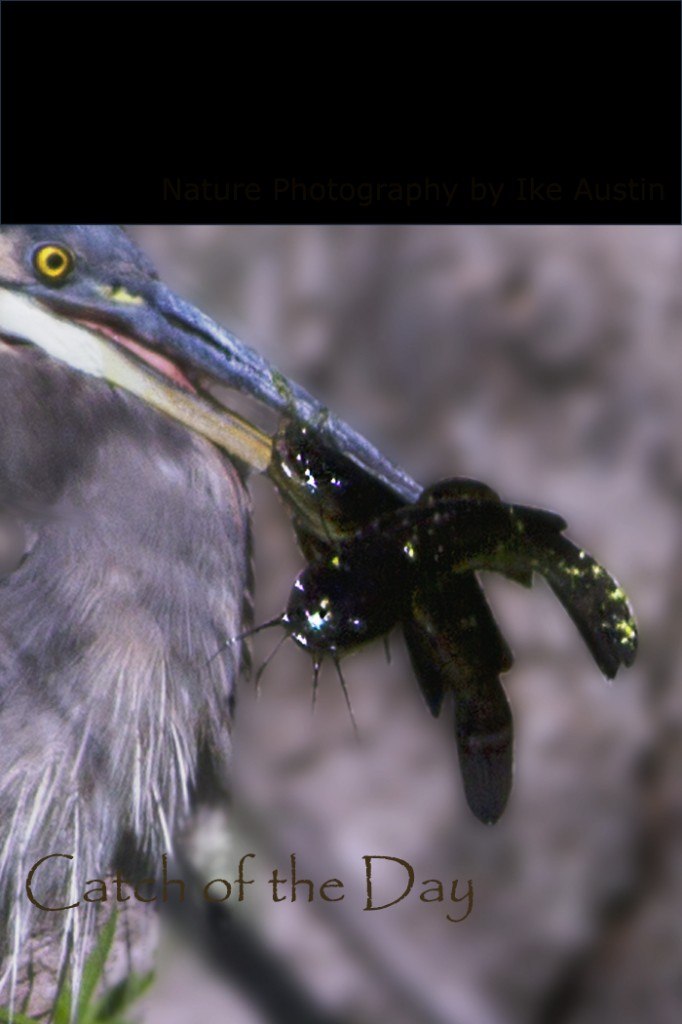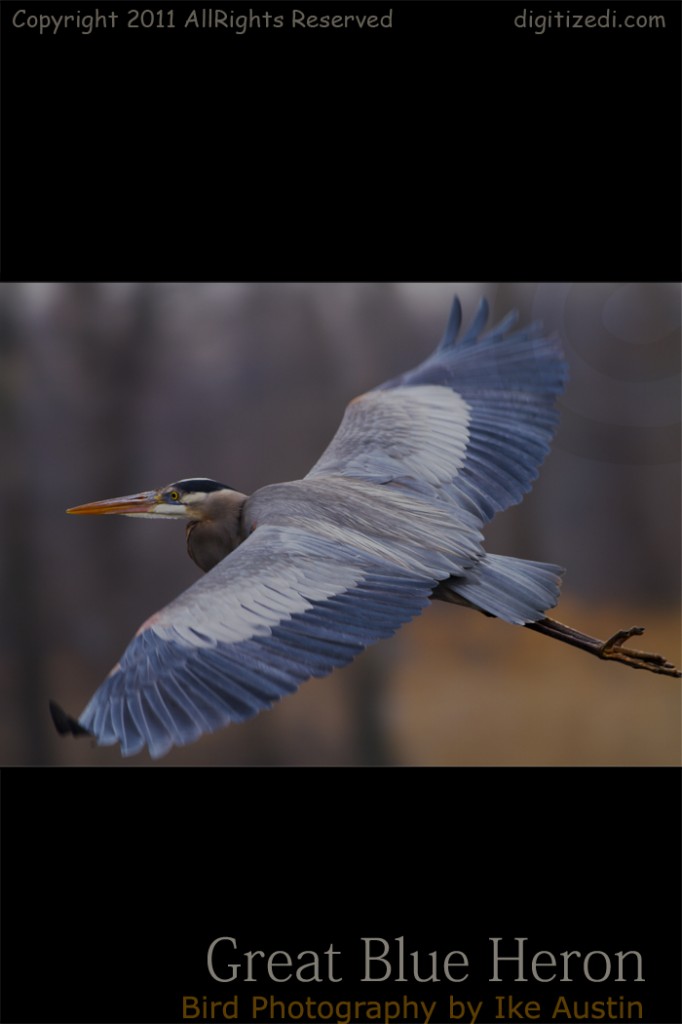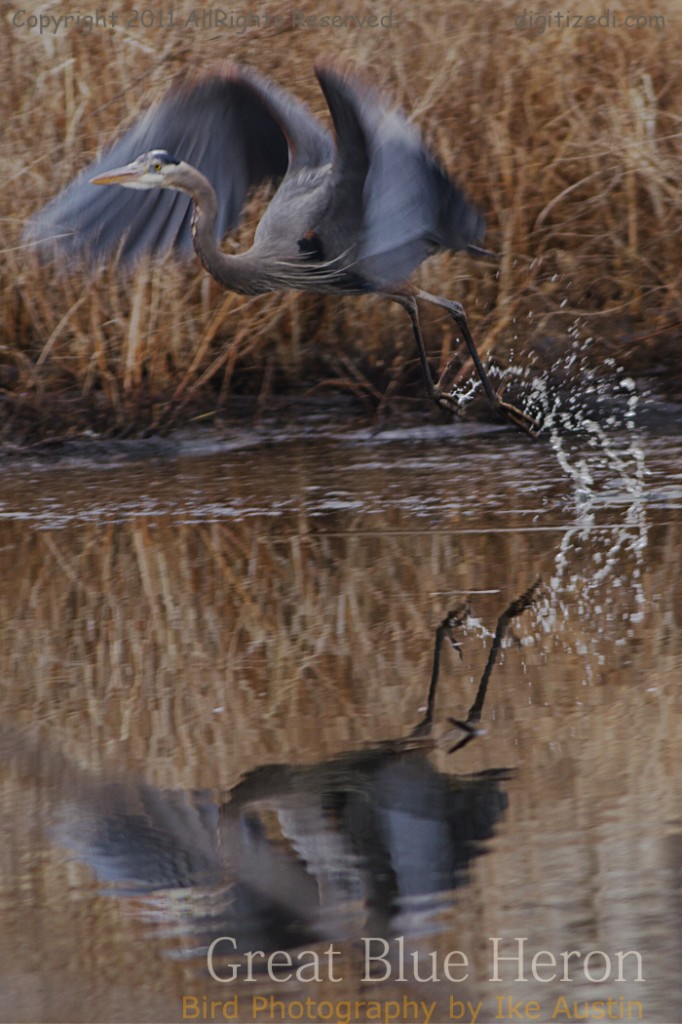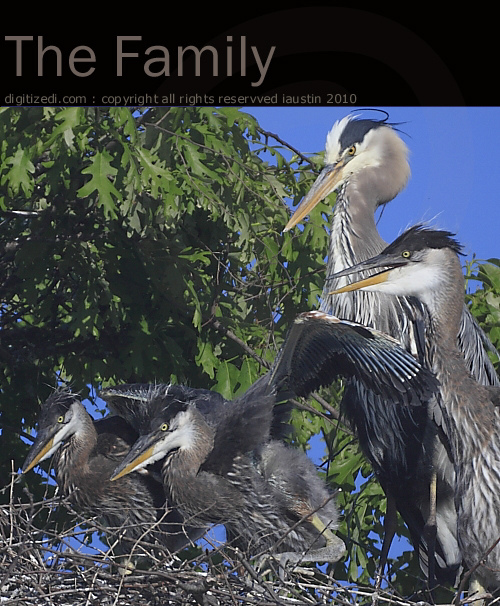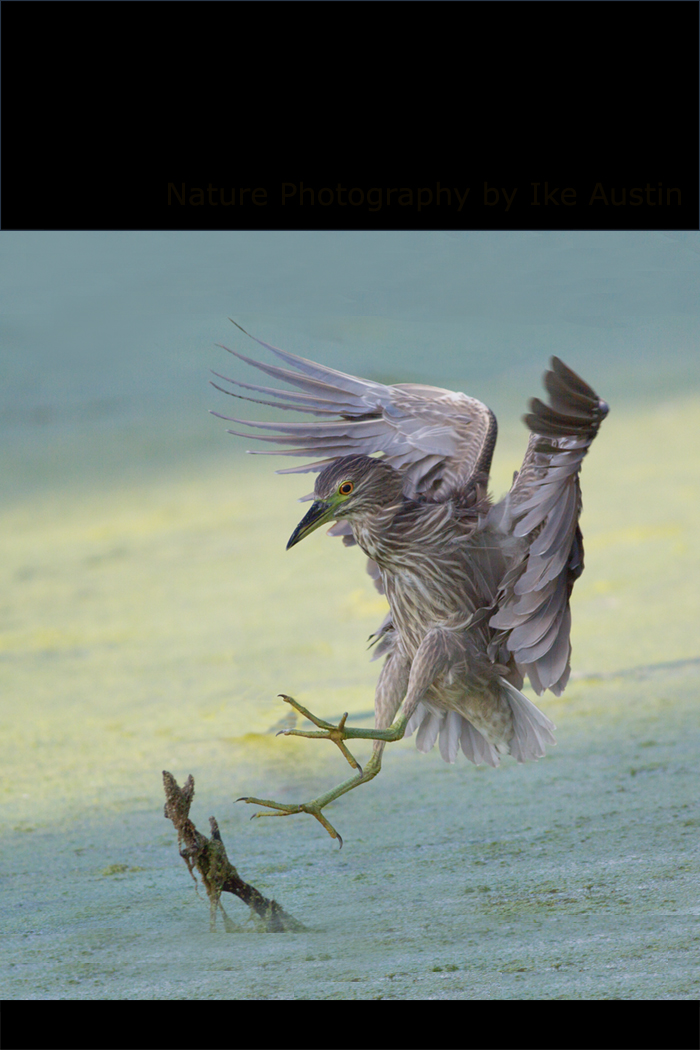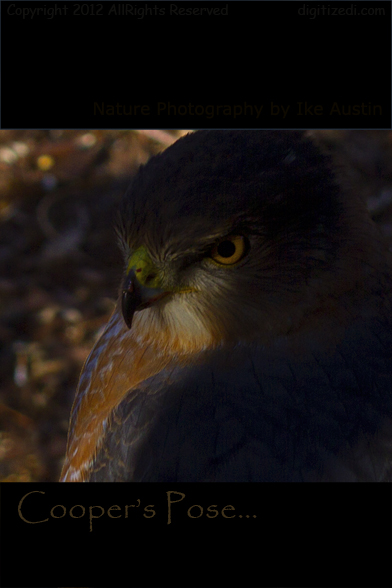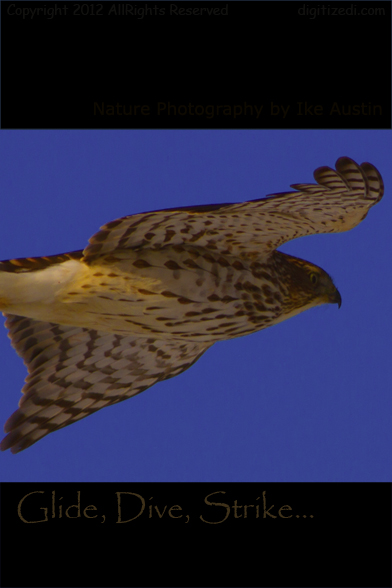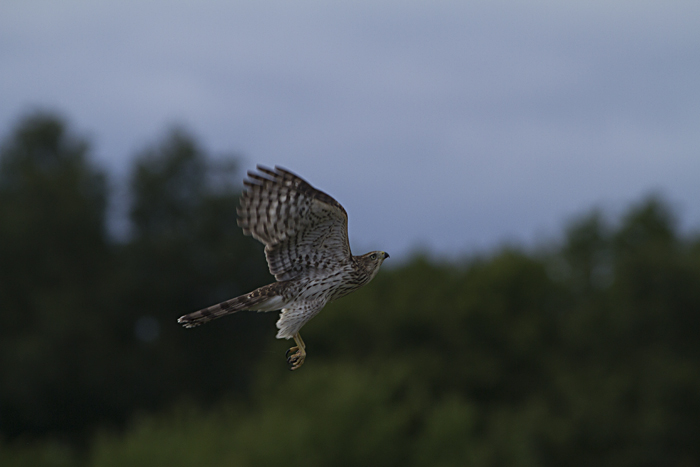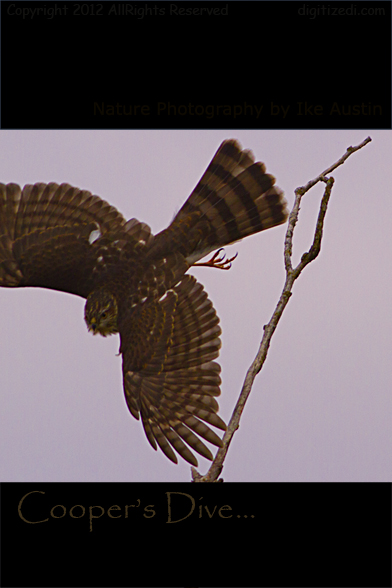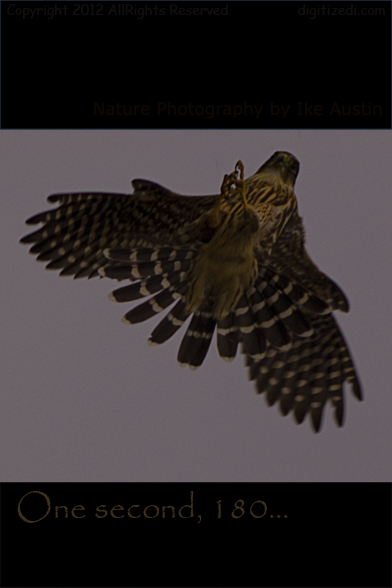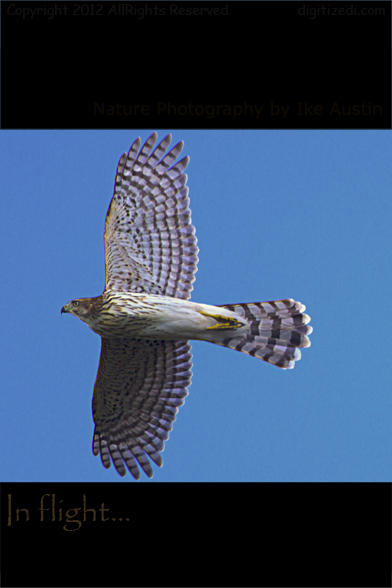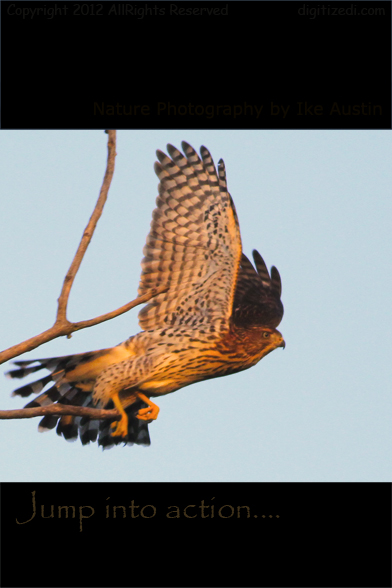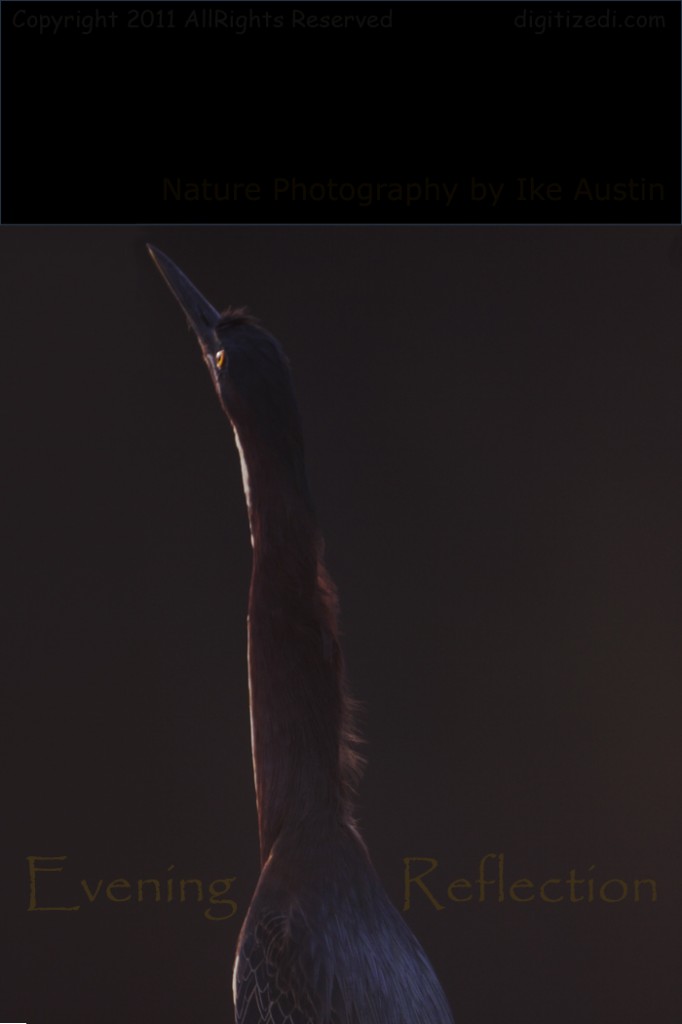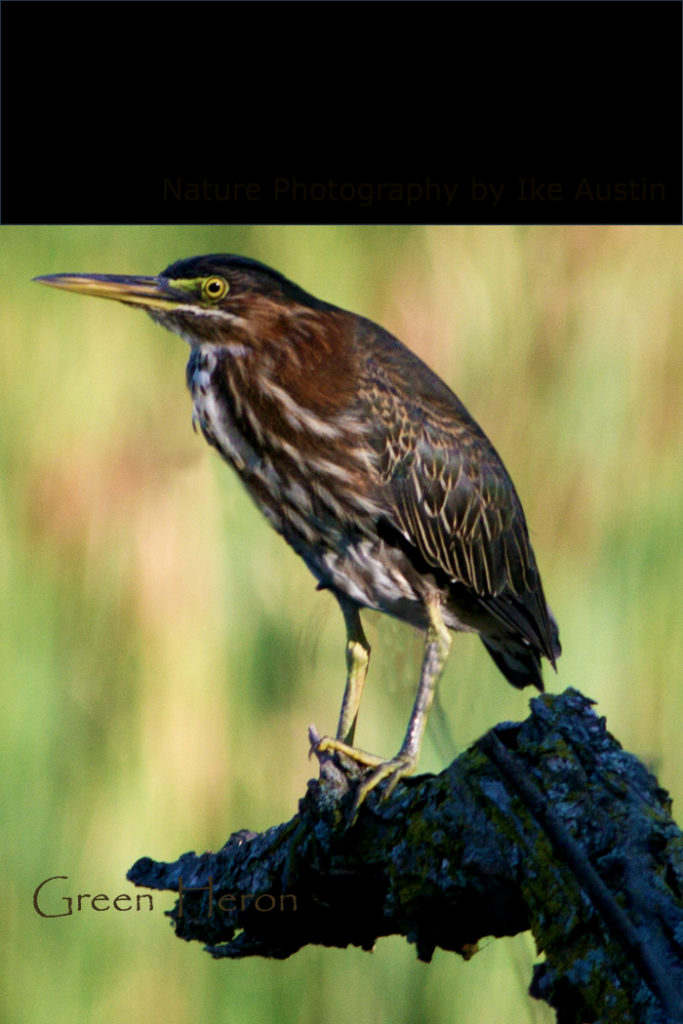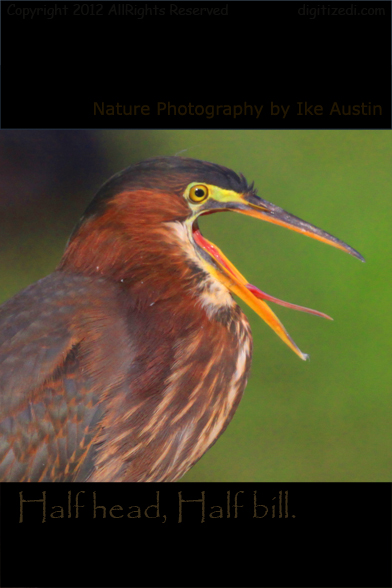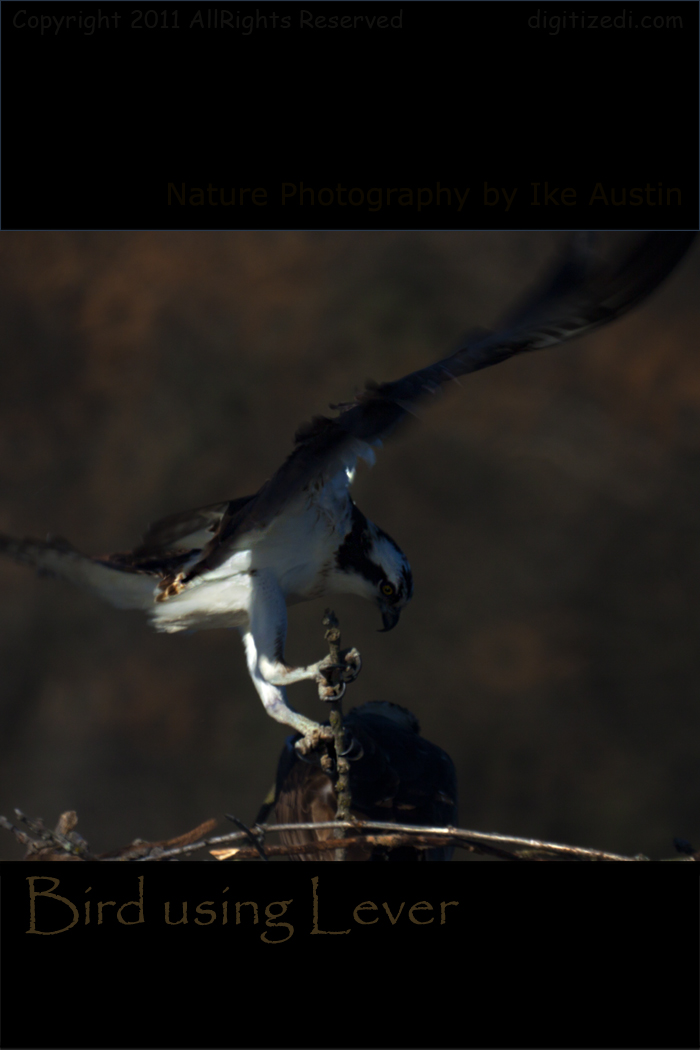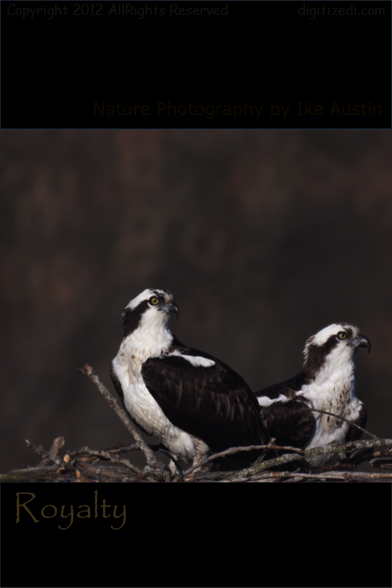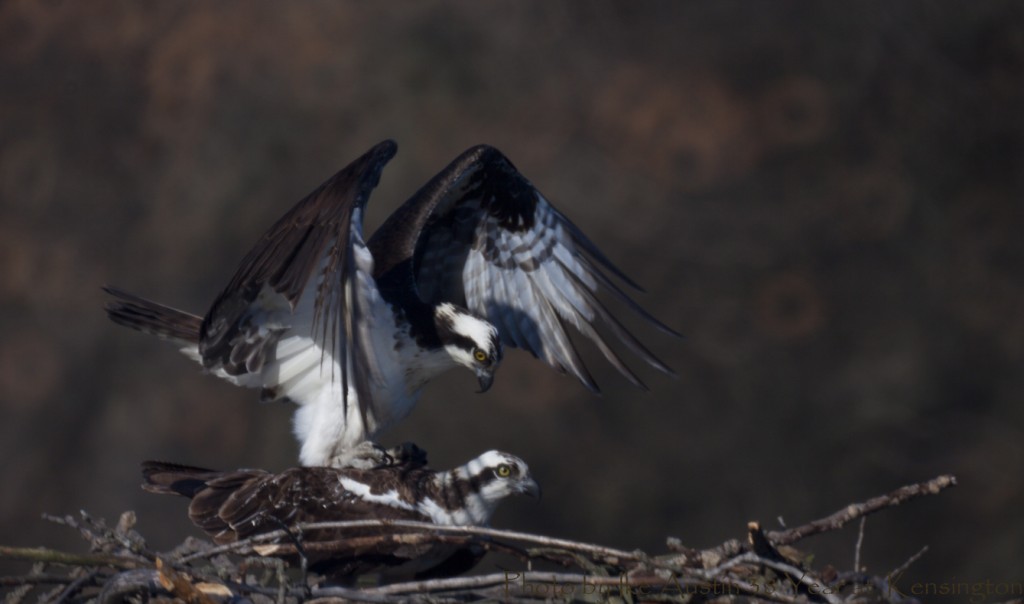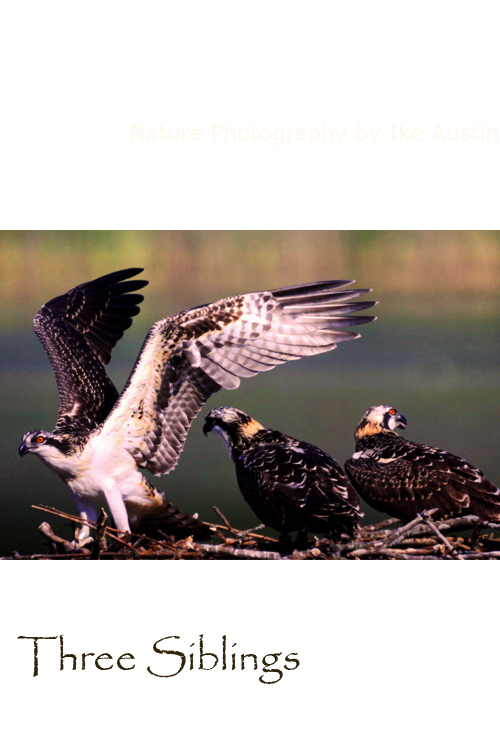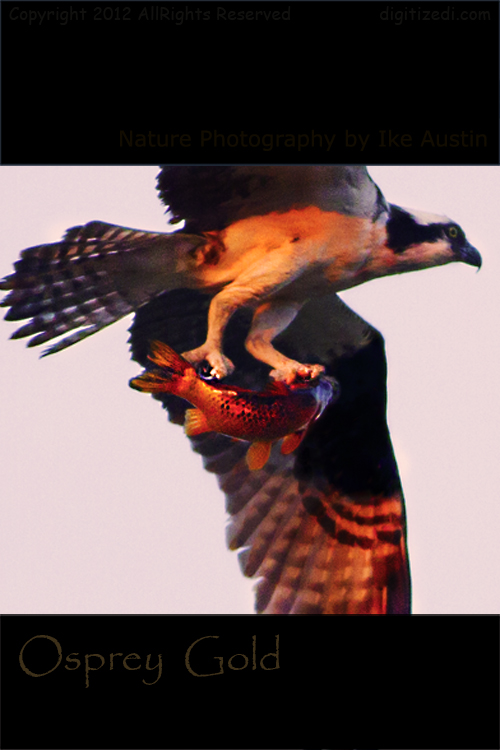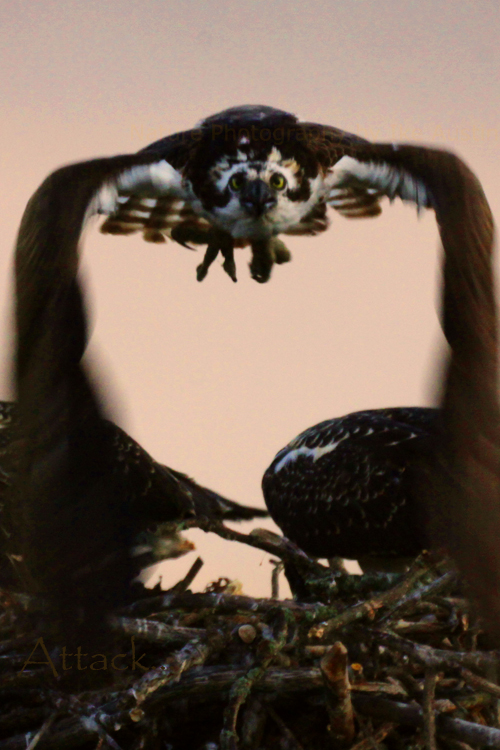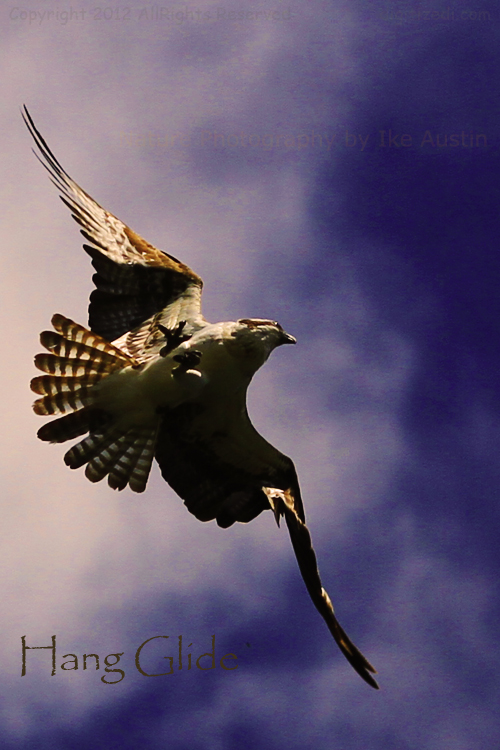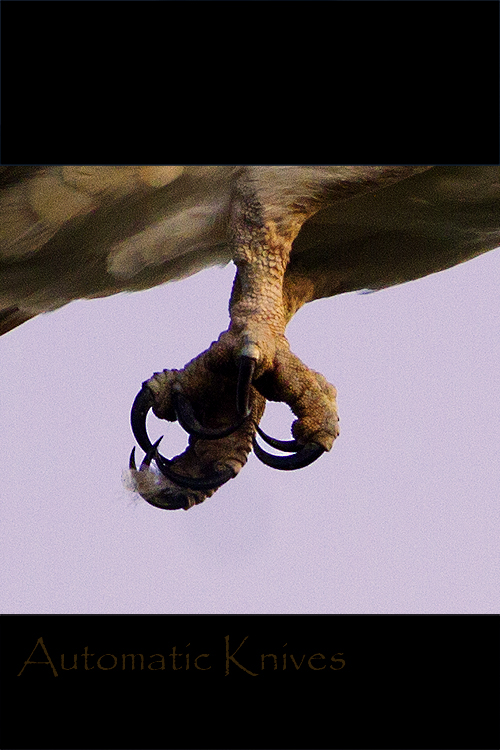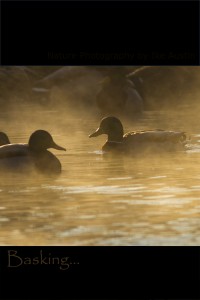Sandhill Crane Michigan
All about the Sandhill Crane Michigan Bird. What a rather strange and peculiar looking bird. The SandHill Crane looks more like a giant Big-Bird television character than a natural bird of Michigan.
Grus Canadensis
My first exposure to the rather large Sandhill Crane Michigan Bird took place several years ago. One day, my wife and I were cruising through Kensington Park in Michigan, when all of a sudden our attention was drawn to a rather loud trumpeting sound that echoed like it was being played through an amplifier. I stopped the car and we both starred in amazement at two nearly five feet tall giant prehistoric pterodactyl winged creatures on the golf course. It was these two birds that were responsible for the bellowing echo of a noise that could be heard for at least one mile I’m sure. Each of the SandHill Crane’s heads bobbed up and down alternately as each took turns being lead noise maker. I had to quickly regroup my thoughts just to make sure I had not been transported into a Jurassic Park movie.
Sandhill Crane Michigan
Big, Brown, Beautiful Michigan Bird
Every Michigander will be shocked at their first sight of the SandHill Crane. Observing the birds flight activity is therapeutic to watch. Firstly, the the large grain smoothly glides through the sky. With hypnotic graceful flaps of its large wings, the over sized Crane is one that will bring excitement to the young and old alike.

Michigan – Blue Waters, Blue Birds – The Great Blue State
Michigan’s Big Brown Beautiful Bird
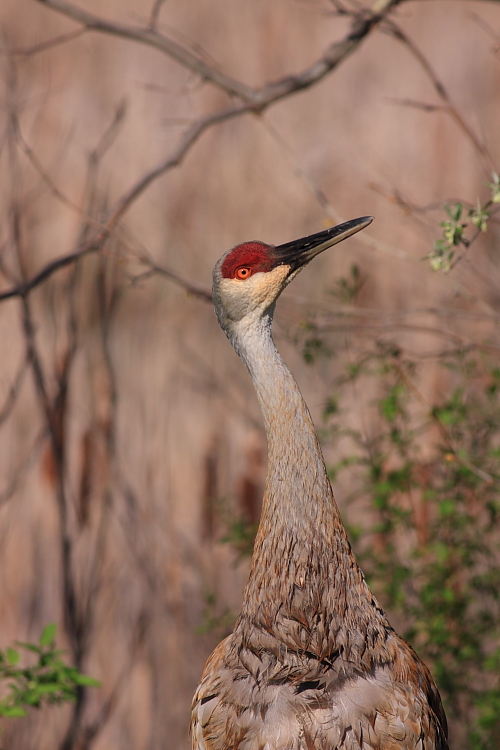
Sanshill Cranes – Michigan Bird by ike austin
The Michigan Sandhill Crane Surprise
You must understand that as growing up, all we city folks saw in our neighborhood were pigeons, sparrows and seagulls.
The sight of this SandHill Michigsn Big Bird was a total surprise because both my wife and I had frequented Kensington Park on regular basis over the past thirty years and we have never encountered anything like the Michigan Sandhill Crane, a huge noisy cackling bird that is hard to miss.
I have created a series of Sandhill Crane Michigan Bird photos for you to enjoy. Learn More Here… Go to; Nature Photography – Michigan Birds SandHill Crane
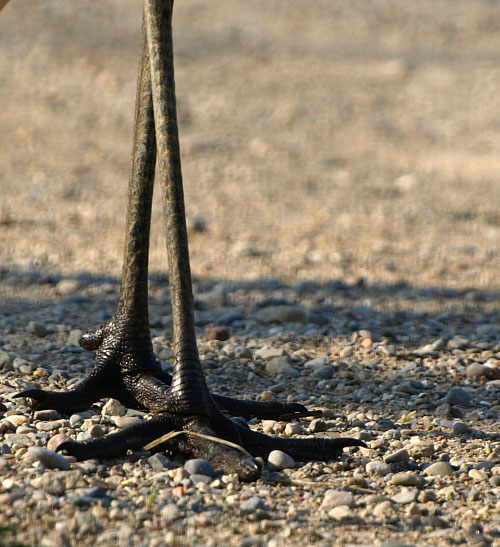
Michigan Sandhill Crane
SandHill Crane Ancient Feet
Even the feet of this giant SandHill Crane Michigan Bird has a rather mechanical, prehistorical look that can quickly conjure up stories from one with a wild imagination. The SandHill is a very astute parental bird. Both parents equally share in the responsibility to rear their young. These birds are often seen taking a strolls through with their young juveniles following closely behind mimicking the actions of the parent SandHills; pecking at small gravel, twigs or blades of grass.
On another occasion, we spotted a pair the the giant SandHill Michigan birds cackling up a storm; their was a German Shepard coming up the path. What was so funny to my wife and myself, was that the dog was looking back and forth, first at the SandHill Michigan Cranes then at us, he did this several times. It was as though you could read his mind… the dog looking at us was thinking… “what the what is that”! Do you see what I see? I’ve been visiting this park all my life, but I have never seen nothing like this be-fo!

SandHill Crane Michigan
Michigan SandHill Crane – Photo by Ike Austin
Sandhill Crane Michigan – Kensington Metro Park
An early arrival to Kensington Park provided a rare sighting of a rather large Red-tailed Hawk sitting on a fence post, this post was only about three feet high. This was indeed a strange sight being that this bird is normally seen perched high atop telephone poles twenty-fifty feet tall. I slowly grabbed my camera and started to snap a stream of pictures thinking that the bird would take off as soon as it detected our presents. But it did not fly off, the hawk stood on the post for hours looking all around at everything and everyone; as by this time a group of curious spectators had congregated on the spot. The SandHill Crane Michigan Giant was the point man on this one.
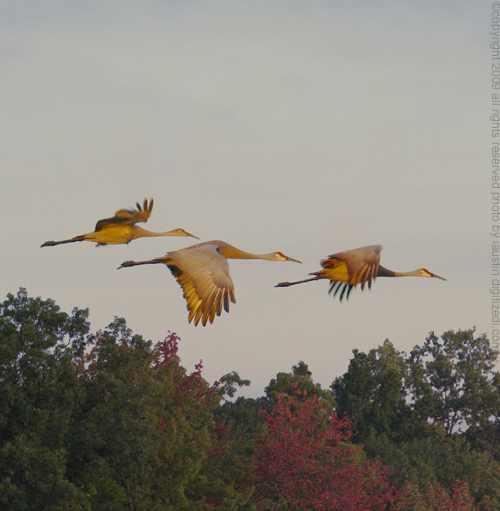
Michigan Sandhill Crane Bird
Sandhill Crane Michigan the Curious Bird
Those curious hawk spectators included humans and other birds of all kinds; Blue Jays, Red Cardinals, Chickadees, Titmouse, and of course, the giant, tall lanky SandHill Crane soon arrived. The smaller birds darted in and out from branch to branch quickly just to get a close up look at this hawk. Then the Michigan SandHill spots this hawk and just like everyone else, it decided it was a strange sight indeed and just like all good humans, it had to get a closer look. The SandHill took several quick long strides toward the hawks location, and then slowed as he got closer. After getting within a couple of feet of the hawk, the SandHill slightly tilted it’s head and blinked it’s eye’s. You could now hear the Michigan SandHill Big Brown thinking the same thing all of the forest inhabitants were thinking… “what the what” is a hawk doing down this low and why is he not afraid of and of us, is he sick, or confused, disoriented perhaps?
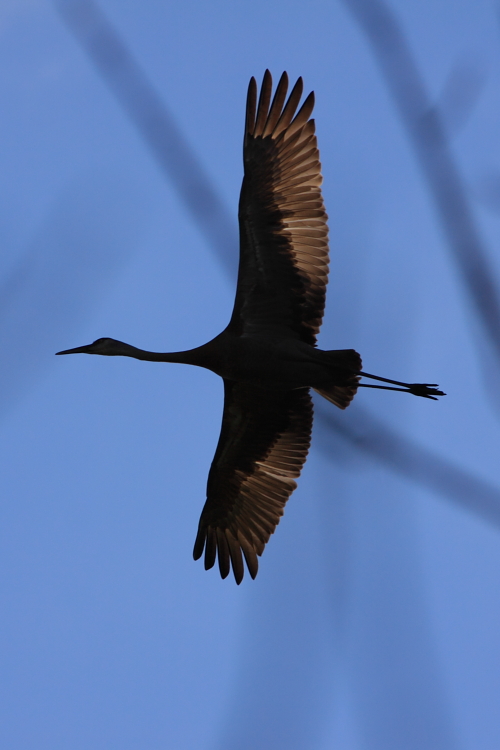
Sandhill Michigan Bird by ike austin
Sandhill Crane Michigan – Erie Metro Park
For a few seconds we all braced ourselves for it looked as though the SandHill was actually about to strike out at the hawk. But it did not… that was close! I too was thinking that maybe the hawk was ill, but; that thought was soon abandoned because after about thirty minutes of so, the hawk decided he had seen enough of the underworld and suddenly hopped to another post, took one last look around, then flew off. Big Brown Rustic SandHill Crane Michigan along with the rest of us watched in amazement.
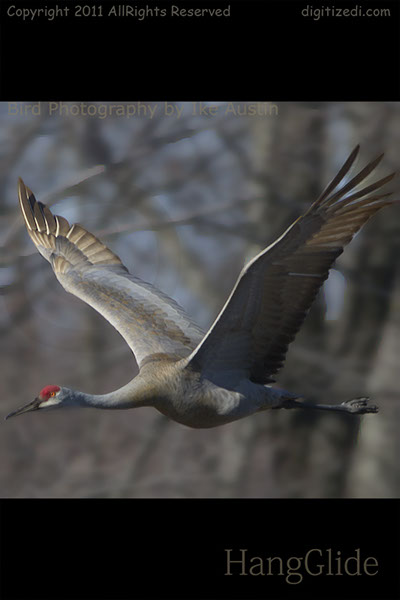
Michigan SandHill Crane Early Morning Glide
Sandhill Crane Michigan – Wetland Overlord
The Michigan SandHIll Crane – What a splendid bird of Michigan – One early morning just after sunrise, a giant air creature called a SandHill Crane Michigan Big Brown swooped past my position, passing me by without making a sound. Just then, after traveling a few hundred yards, Grus Canadensis started making a wide u-turn heading back toward me. The whole event took only a few seconds, I aimed my camera, focused, and snapped a couple of shots before the SandHill Crane was out of view–blocked by obstructions in the landscape. This is one large Michigan Bird to get such a close in flight shot of. The lighting, shadows and almost metallic looking plumage–how eloquent, how smooth to the eye-sight this bird look.
Lessons From Nature – Michigan SandHill Crane Parenting Tips?
SandHill Crane – Parenting Tip of the Week
Lessons From Nature may present itself in a most peculiar looking bird, the SandHill Crane Michigan Bird. One of nature’s most interesting birds reside in Michigan, the Michigan SandHill Crane is picturesque bird, tall, slim, colorful, graceful in it’s walk and extended stride. The SandHill Crane is a relative new arrival here in Michigan(cranes Michigan) ). For most first time observers, the Michigan Crane size alone comes as a total surprise at first site.
A pair of Michigan SandHill Cranes will echo alternate crane calls in synchronized sequence in unison as each Michigan Crane bobs his/her head up and down in opposite directions. The loud verbose trumpeting echo will travel for at least a mile. Everyone with’in this parameter know the going and coming of the infamous Sandhill Crane Michigan Big Brown Rustic also known as Sand Cranes.
Sand Cranes in Michigan are quickly populating farmlands, wetlands and Michigan Parks all over the State. They are often seen in singulary flight as well as mass migrations to New Mexico that could include thousands of Cranes heading for warmer weather. Those Michigan SandHill Cranes that remain will transform their summer rustic colored plummage for a more silver gray-ish color. This winter color will allow the Sandhill Crane Michigan bird to better blend against the winter background.
Sandhill Crane Michigan Winged Giants
The Sand Hill Cranes sport’s a trademarked red baseball cap on top of their heads located just behind the beak. With a wing span that extends five to six feet, the average Sandhill Crane Michigan bird stands about four to five feet tall and average ten to fifteen year life spans! Michigan Sand Hill Crane in Flight
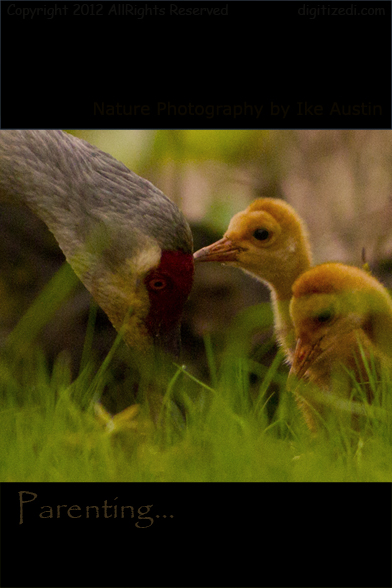
- Michigan Sand Hill Crane – Great Parenting
What we can Learn – Mating for Life, Great Parenting Skills
In my observation of the Michigan Sand Hill Crane can teach us many lessons from nature, one in particular, I am impressed by the parental attention given to the young cranes. From the time they are born from the early colt stage, until they reach juvenile status (about ten months old), the young cranes are pampered and nurtured with great care; never leaving the parents eyesight. They are gently and plenty fed, walked, tucked and cuddled by both parents–yes the male SandHill Crane participates in raising the young and just like some rare morally correct humans, SandHill Crane Michigan birds mate for life; something we can learn from one of the largest birds in Michigan.
The Michigan Sand Hill Crane can make for some of the most interesting picturesque of crane birds and nature photography in Michigan. It is another one of those large birds that with the proper background can present themselves as creatures right out of a jarassic park prehistoric scene. ( See Sandhill Crane Michigan photo of three birds in flight above)
Sandhill Crane Michigan
Michigan Bird Details
Nature Photography – Michigan Bird Identification
Photo Taken: Kensignton MetroPark, Lake Erie MetroPark
Rails and Cranes
Name: SandHill Crane
Grus Canadensis
About the SandHill Crane Michigan
Appearance: The Sandhill Crane is a tall 4′-6′ tall grayish, brownish plumage, long skinny legs, and long bills.
Adult: Color is grey
Juvenile: Brownish red
Flight Characteristics: Extended necks in flight and typically ride thermal drafts similar to large raptors. SandHill Cranes will glide on a series of thermal rises until they reach their intended destination.
Habitat: The SandHill crane prefers open grasslands and wetlands.
Nesting: SandHills will construct a rather large mounded nests made of grass and leaves. Incubates 2 eggs for appx 29-32 days. Younglings go in flight in about 50 days from days of birth.
Mating Habits: The SandHill Crane mates for life.
Off Spring: (Chick or Colt)
Feeding: Insects, invertebrates, grain
Call: Very loud gobbly trumpeting sound and distinct sound the echoes for a great distance.
Listen-Video Here: SandHill Crane Crane Call
Sandhill Crane Michigan
Resources:
Migration and Wintering
Michigan Department of Natural Resources
Check the Michigan Department of Natural Resources for SandCrane Hill Michigan migrations, Learn More… DNR Michigan.gov SandHill Crane
University of Michigan Zoology; Sandhill Crane Nesting Pairs and Breeding Population Learn More… U of M Zoology
Population, Numbers and Trends… Northern Prairie Wildlife Research Center
MSU Distribution, Breeding Biology, Conservation Learn More… Michigan Bird Atlas
Sandhill Crane Michigan – Places of Interest
Michigan Huron-Clinton MetroParks
Check out the Michigan Lake Erie official website for park details. Learn More … Lake Erie Metropark
Check out the Michigan Kensington official website for park details. Learn More … Kensington Metropark
| ThirdSon and the River’s Sky |
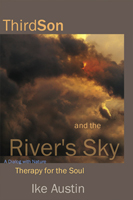 ThirdSon and the River’s Sky |
- As a kid, I spent an enormous amount of time down by the river. I was drawn like a magnet to the many sounds of nature that filled the air-the tides rumbling ashore, the faint call of seagulls echoing in the distant background. I would remain there all day under the pretense that I was fishing. I would walk the shores for miles, moving from one spot to the next. I later discovered that the sky above this river was alive.
Read More Here
|
